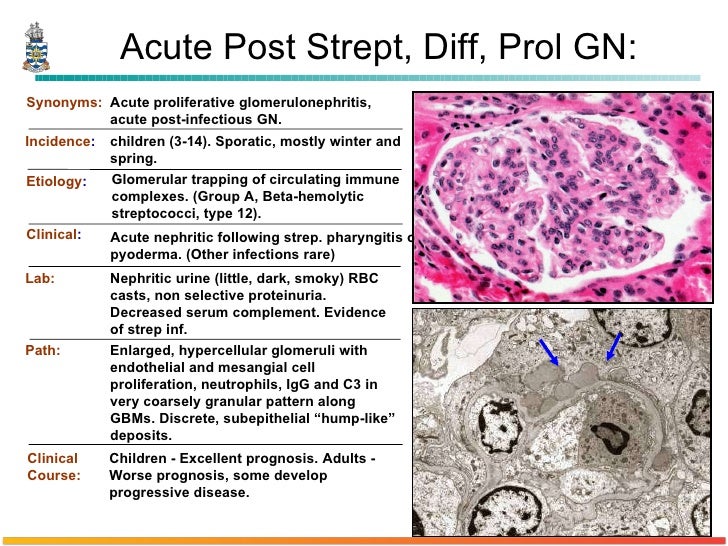
Daphne Merkin, New York Times Magazine, In social terms, regardless of its etiology, memory loss may be a way of coping with harsh reality. I have traced the etiology of this object the better to convey the irrational significance of its loss. If it enlarges it will occlude many of the pulmonary vessels which will result in a couple of things: (1) it will prevent alveoli from producing enough surfactant to maintain alveolar integrity resulting in alveolar collapse and the development of atelectasis and, (2) death, if this process is not halted and resolved.The scarf had been purchased in one of those tiny, exquisitely organized stores that can seduce you into thinking it matters less what you wear than how you accessorize what you wear, and the scarf came in just the noncolor colors that I like: mustard and khaki and taupe, shades of dun, nothing too vivid, yet subtly enlivening. It can either dissolve, continue to break up or grow larger. Once a clot is in the general circulation as an embolus, it goes through the right side of the heart and up into the pulmonary artery where it may lodge.
#Etiology vs pathology free
A thrombus will break free of it's connection to a vessel wall and travel, or become an embolus, due to any sudden trauma, a muscle spasm, changes in the inner blood vessel pressure, a change in the blood flow or the process of clot breakdown, which causes a piece, or pieces of the clot, to break away and enter into the circulation. Pathophysiology: Thrombi, or blood clots, form as a result of vascular wall damage, venostasis or a breakdown in the normal mechanism of coagulation. The source of the thrombus can also be from a renal vein, hepatic vein, any of the upper extremities or even the heart. Sorry! I forgot to tie this into your pulmonary embolism.Įtiology: a dislodged thrombus, usually from a deep vein of the leg or pelvic area of the body. Just a note, because I am probably skipping ahead of your instructor here, but what nurses do with signs and symptoms in developing nursing diagnoses is a lot different than what doctors do with signs and symptoms in developing medical diagnoses. The whole kit and caboodle will be given a label: the nursing diagnosis. The cause will also be called the etiology and will relate to what is responsible for the appearance of those signs and symptoms. The effects will be the signs and symptoms you will pick up in the assessment process.

This same logic of cause and effect is going to come up again when you start learning to determine nursing diagnoses for patients. Now, what is going wrong with the person's normal physiology in this condition? Where is the broken link(s) in the normal process? How do those broken links effect and result in the signs and symptoms you see in the patient? Or, where has the assembly line broken down, or is screwing up to result in the manifestations (signs and symptoms of the disease) that the doctor is seeing? Think first of the normal specific organ or body system functioning that should be going on that would make the person disease free. If the cause hadn't been encountered or if it was removed, the disease would never have appeared and might even disappear.Įffect: The pathophysiology, on the other hand, is the empirical science behind the disease process.

In other words, if not for _ this condition wouldn't exist. Pathophysiology is the effect, or what occurs as a result.Ĭause: Think of the etiology as what has triggered the condition.


 0 kommentar(er)
0 kommentar(er)
